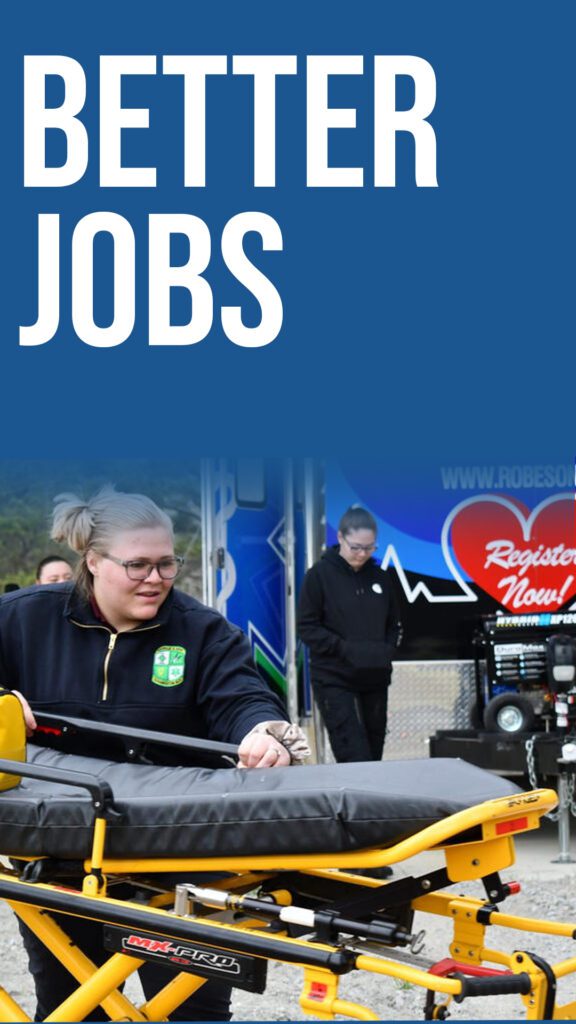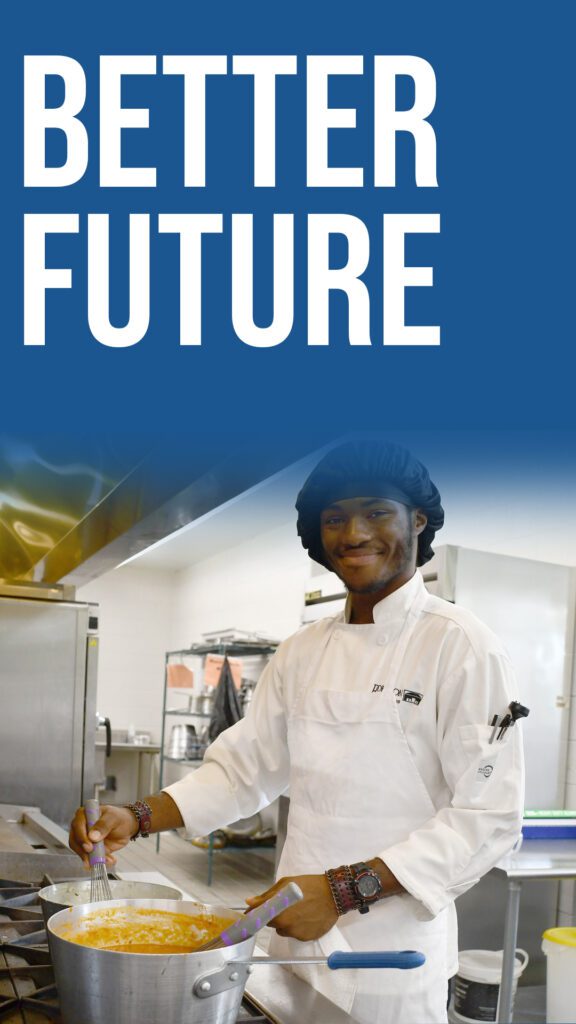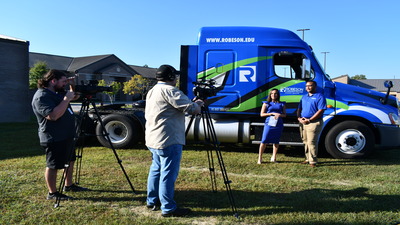NAEYC Accreditation
NAEYC STANDARDS
Standard 1. Promoting Child Development and Learning
Candidates use their understanding of young children’s characteristics and needs, and of multiple interacting influences on children’s development and learning, to create environments that are healthy, respectful, supportive, and challenging for all children.
1a. Knowing and understanding young children’s characteristics and needs
1b. Knowing and understanding the multiple influences on development and learning.
1c. Using developmental knowledge to create healthy, respectful, supportive, and challenging learning environments.
Standard 2. Building Family and Community Relationships
Candidates know about, understand, and value the importance and complex characteristics of children’s families and communities. They use this understanding to create respectful, reciprocal relationships that support and empower families, and to involve all families in their children’s development and learning.
2a. Knowing about and understanding family and community characteristics.
2b. Supporting and empowering families and communities through respectful, reciprocal relationships.
2c. Involving families and communities in their children’s development and learning.
Standard 3. Observing, Documenting, and Assessing to Support Young Children and Families
Candidates know about and understand the goals, benefits, and uses of assessments. They know about and use systematic observations, documentation, and other effective assessment strategies in a responsible way, in partnership with families and other professionals, to support children’s development and learning.
3a. Understanding the goals, benefits and uses of assessment.
3b. Knowing about and using observation, documentation, and other appropriate assessment tools and approaches.
3c. Understanding and practicing responsible assessment.
3d. Knowing about assessment partnerships with families and other professionals.
Standard 4. Using Developmentally Effective Approaches
Candidates prepared in early childhood degree programs understand that teaching and learning with young children is a complex enterprise, and its details vary depending on children’s ages, characteristics, and the settings within which teaching and learning occur. They understand and use positive relationships and supportive interactions as the foundation for their work with young children and families. Candidates know, understand, and use a wide array of developmentally appropriate approaches, instructional strategies, and tools to connect with children and families and positively influence each child’s development and learning.
4a. Understanding positive relationships and supportive interactions as the foundation of their work with young children
4b. Knowing and understanding effective strategies and tools for early education, including appropriate uses of technology
4c. Using a broad repertoire of developmentally appropriate teaching /learning approaches
4d. Reflecting on own practice to promote positive outcomes for each child
Standard 5. Using Content Knowledge to Rebuild Meaningful Curriculum
Candidates prepared in early childhood degree programs use their knowledge of academic disciplines to design, implement, and evaluate experiences that promote positive development and learning for each and every young child. Candidates understand the importance of developmental domains and academic (or content) disciplines in early childhood curriculum. They know the essential concepts, inquiry tools, and structure of content areas, including academic subjects, and can identify resources to deepen their understanding. Candidates use their own knowledge and other resources to design, implement, and evaluate meaningful, challenging curriculum that promotes comprehensive developmental and learning outcomes for every young child.
5a. Understanding content knowledge and resources in academic disciplines: language and literacy; the arts – music, creative movement, dance, drama, visual arts; mathematics; science, physical activity, physical education, health and safety; and social studies.
5b. Knowing and using the central concepts, inquiry tools, and structures of content areas or academic disciplines
5c. Using own knowledge, appropriate early learning standards, and other resources to design, implement, and evaluate developmentally meaningful and
challenging curriculum for each child
Standard 6. Becoming a Professional
Candidates prepared in early childhood degree programs identify and conduct themselves as members of the early childhood profession. They know and use ethical guidelines and other professional standards related to early childhood practice. They are continuous, collaborative learners who demonstrate knowledgeable, reflective and critical perspectives on their work, making informed decisions that integrate knowledge from a variety of sources. They are informed advocates for sound educational practices and policies.
6a. Identifying and involving oneself with the early childhood field
6b. Knowing about and upholding ethical standards and other early childhood professional guidelines
6c. Engaging in continuous, collaborative learning to inform practice; using technology effectively with young children, with peers, and as a professional resource.
6d. Integrating knowledgeable, reflective, and critical perspectives on early education
6e. Engaging in informed advocacy for young children and the early childhood profession
Standard 7. Early Childhood Field Experiences
Field experiences and clinical practice are planned and sequenced so that candidates develop the knowledge, skills and professional dispositions necessary to promote the development and learning of young children across the entire developmental period of early childhood – in at least two of the three early childhood age groups (birth – age 3, 3 through 5, 5 through 8 years) and in the variety of settings that offer early education (early school grades, child care centers and
homes, Head Start programs).
7a. Opportunities to observe and practice in at least two of the three early childhood age groups (birth – age 3, 3-5, 5-8)
7b. Opportunities to observe and practice in at least two of the three main types of early education settings (early school grades, child care centers and homes, Head Start programs)












